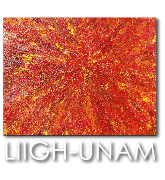THE ORIGIN
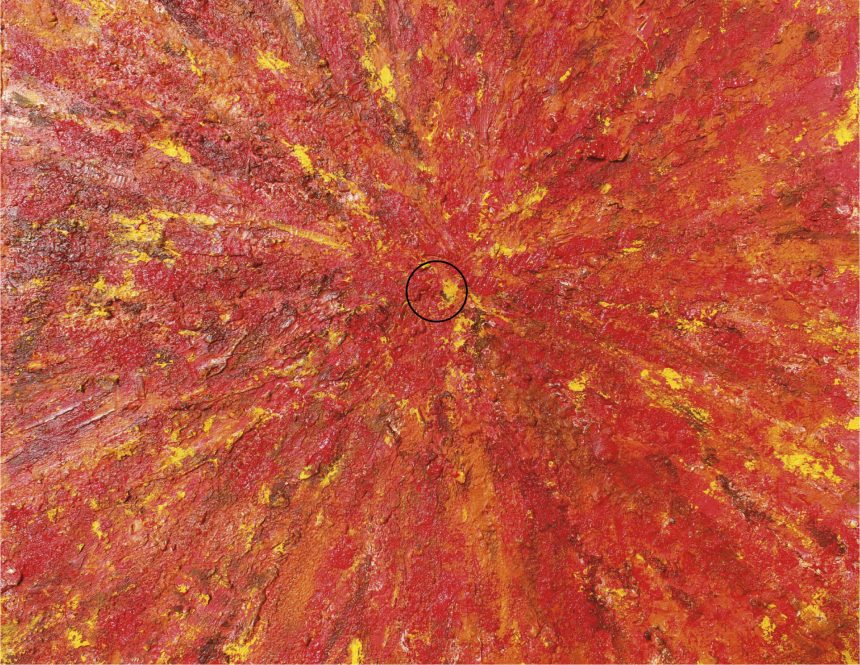
At the turn of the century, when genomics was starting to bloom, the Rector of the University, Dr Juan Ramón de la Fuente, appointed a Committee to present a plan to develop Genomic Sciences in México. It was decided that the critical step was the creation of an Undergraduate Program in Genomic Sciences (Licenciatura en Ciencias Genómicas-UNAM).
FOUNDATIONS OF THE UNDERGRADUATE PROGRAM IN GENOMIC SCIENCES
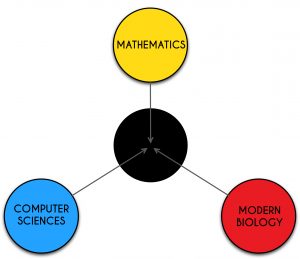
The goal of the Undergraduate Program on Genomic Sciences was to train students in tree areas of knowledge: Mathematics, Computer Sciences and Modern Biology.
PARADIGMS OF LCG PROGRAMS
FIRST YEAR
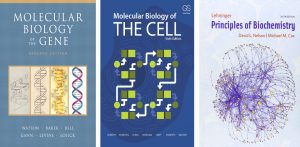
The paradigm of the first year of the program consists of discussions between students and teachers using as background text books and classical articles.
SECOND YEAR
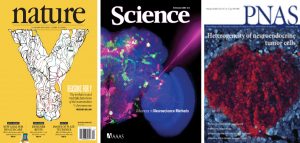
The paradigm of the second year of the program consists of discussions between students and teachers using as background current literature.
THIRD YEAR
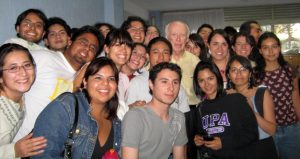
The paradigm of the third year of the program consists of discussions between students and International Scientific leaders, both from Mexico and from abroad.
FOUR YEAR

The paradigm of the fourth year of the program consists of performing a research project in an internationally recognized laboratory either in Mexico or abroad.
GOLD MEDAL FOR THE THE GENOMIC SCIENCES – UNAM TEAM AT IGEM-MIT 2010
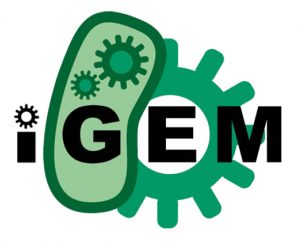

A particularly important activity of the students is the participation in the International Contest of Synthetic Biology organized by MIT. They participate each year in proposing and developing a project based on their own ideas.
CRITICAL QUESTION ARRISING IN 2013
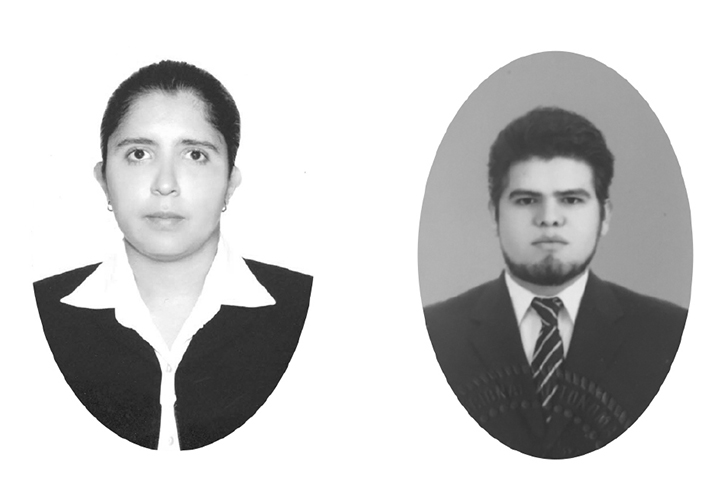

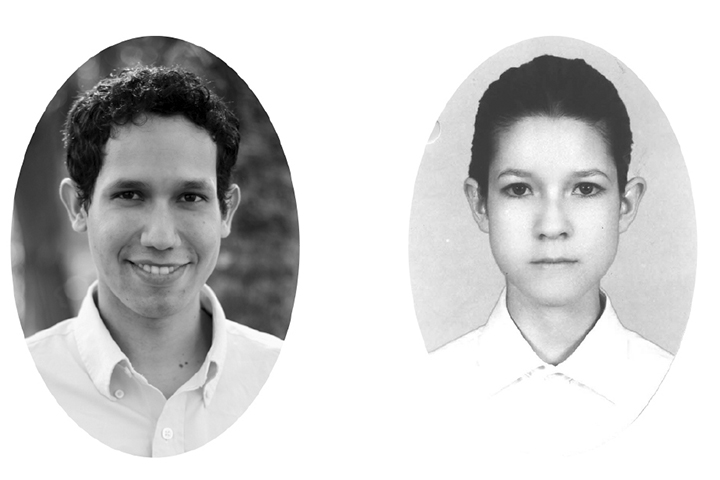

(236 in 2017)
By the year 2013 we had graduated seven generations (169 students). The photographs presents the students who obteined the Gabino Barreda Medal in each generation: Rocío Domínguez, Daniel Blanco, Renan Escalante Chong, Cynthia Alexander, José Reyes, Marie Lisandra Zepeda and Kim Palacios Flores. At this time several graduate students where enrolled in PhD programs or started their postdoctoral training. The critical question was to decide on the next steps in order to incorporate the most promissing scholars as researchers in Mexican Institutions.
PLANNING, CONSTRUCTION AND CREATION OF LIIGH

By the end of 2013 the Rector of the University, Dr José Narro Robles, invited Dr Rafael Palacios to propose a novel Institution in UNAM that would have as main goal the incorporation of about twenty research groups leaded by young mexican researchers. The prototype of such young researchers should be the students graduated from the LCG after finishing their PhD and postdoctoral training.
INAUGURATION OF LIIGH
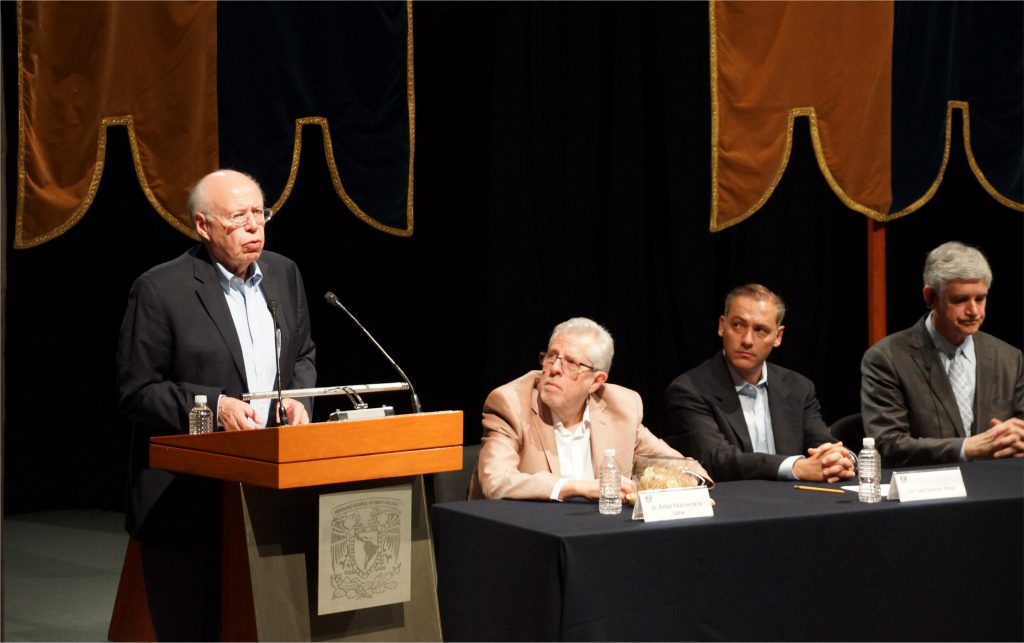
The International Laboratory for Human Genome Research (LIIGH – UNAM) was inaugurated by the Rector of the University, Dr José Narro Robles counting with the presence of the President of Cold Spring Harbor Laboratory, Dr Bruce Stillman, on April 8, 2015.
ACADEMIC FOUNDATIONS OF LIIGH


The academic foundations of LIIGH – UNAM are: young talented scientists considered as independent researchers from their incorporation into LIIGH; collaboration with international recognized scientists both from Mexico and from abroad; and research based mainly in original ideas. When the project of the new Laboratory was developed, a group of young scholars was selected out of the 169 students graduated from the LCG. The photoraph shows some of these scholars; the white arrows indicate those that have been already hired as researchers at LIIGH. Two senior scientists, Dr Rafael Palacios and Dr Guillermo Dávila (black arrows) transfered their adscription to LIIGH with the mission of promoting the academic development of the young scientists.
LIIGH RESEARCH LINES






The LIIGH is open to different research lines, according to the interest of its young scientists. The green circles indicate the lines that have already started. Each one of them is leaded by one of the four junior faculty members of LIIGH. For the future the Laboratory is very interested in studying the brain. In addition to beeing one of the most important frontiers of modern biology, this research line would provide a natural academic bridge with the Institute of Neurobiology UNAM.
REQUIREMENTS OF AN INDEPENDENT YOUNG RESEARCHER
-
RESEARCH POSITION
-
ACADEMIC ENVIRONMENT
-
ACADEMIC COLLABORATIONS
-
GRANTS
-
GRADUATE STUDENTS/POSTDOCS
-
PUBLICATIONS
In order to develop her or his whole scientific potential a young researcher needs to have a ressearch position as well as direct access to 1) a high level academic environment, 2) establish collaborations with leaders of the field, 3) be in the position of obtaining research grants, 4) be able to atract graduate students and postdoctoral fellows, and 5) publish in high impact journals. In the next section of this report we will analize these aspects, taking as examples the achievements of our four junior faculty members.
LIIGH ACADEMIC ENVIRONMENT
The LIIGH has been developing an academic enviroment at the highest National and International level. The center circle represents a particular junior faculty member. The next circle respresnts the Junior faculty of LIIGH and the LIIGH scholars. The blue circle represents the National Genomics Network (Red Genómica Nacional). The red circle represents International leaders that have had a direct contact with LIIGH as either invited professors or participants in our International Colloquia. Finally the purple circle represents the whole scientific community.
LIIGH INTERNATIONAL PANORAMA
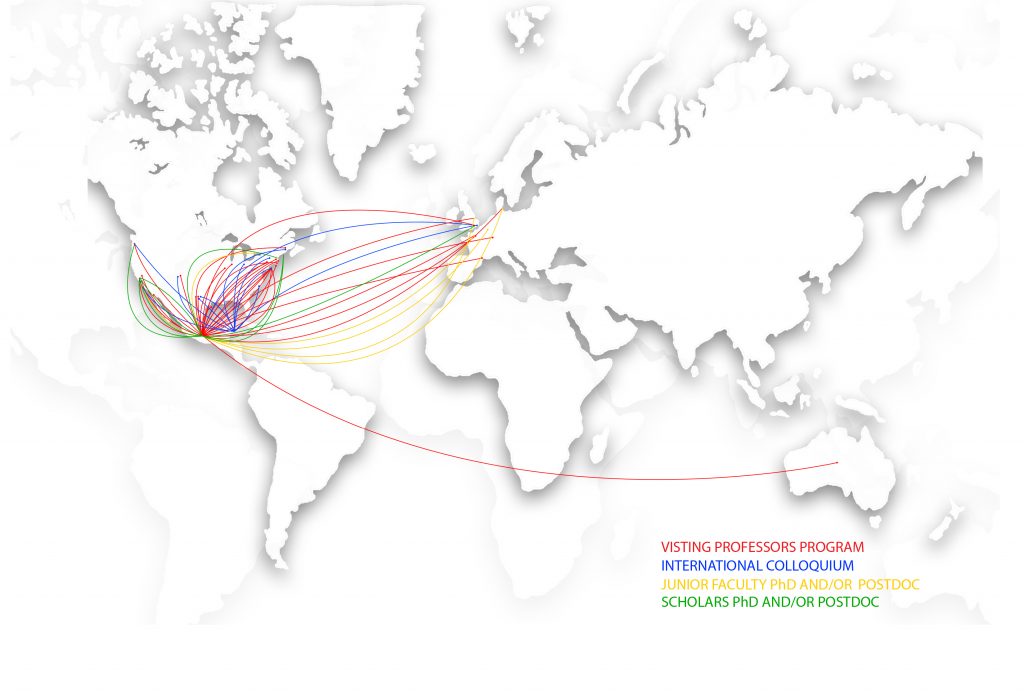
Map indicating LIIGH International Scientific relations. Each line indicates the location of the corresponding Institutions, and the color code indicates the origin of the relation.
LIIGH JUNIOR FACULTY




At present LIIGH has four Junior faculty members: Alejandra Medina Rivera, Lucía Morales Reyes, María del Carmen Ávila Arcos y Daniela Robles Espinoza. By 2021 we expect to have about 16 junior faculty members.
LIIGH JUNIOR FACULTY INTERACTOMICS
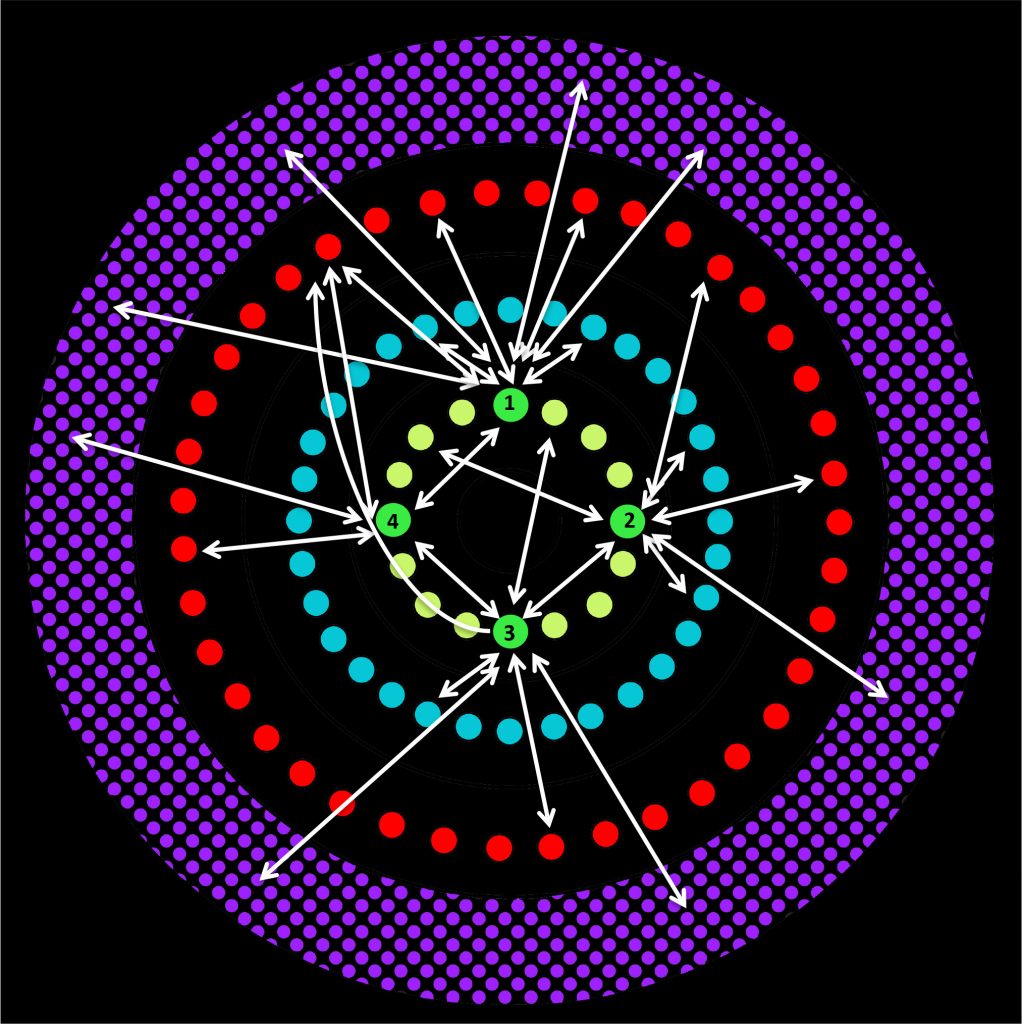
The four Junior Faculty members of LIIGH are represented as green circles: 1, Alejandra Medina Rivera; 2, Lucía Morales Reye; 3, María del Carmen Ávila Arcos; 4, Daniela Robles Espinoza. Each doble headed arrow represents a collaboration with a specific member of the indicated circle. Only collabrations with specific goals (e.g. Projects in collaboration, Co-mentoring students , Co-organizing periodic scientific meetings) are shown. All collaborations presented here are explicitly described in Apendix 4.
GRANTS OBTAINED BY JUNIOR FACULTY AS PRINCIPAL INVESTIGATORS






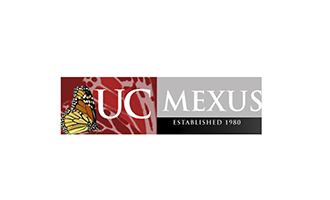

AWARDS OBTAINED BY JUNIOR FACULTY AS PRINCIPAL INVESTIGATORS

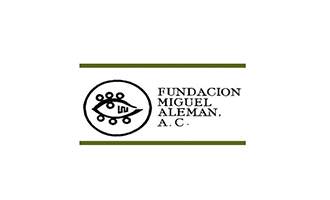
Click here to change this textThe four Junior Faculty members have obtained a total of 7 grants and 2 awards from the Institutions indicated above. The specific grantsand awards are described in Apendix 2.
AWARDS OBTAINED BY JUNIOR FACULTY AS PRINCIPAL INVESTIGATORS
Posdoc

Posdoc
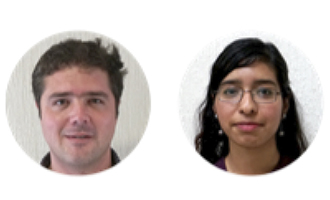
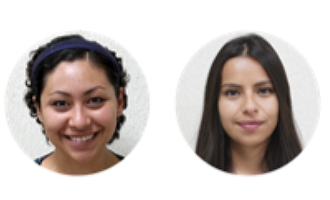
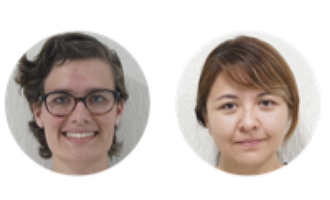
MSc

BS
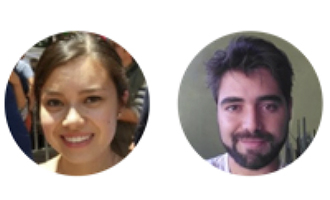
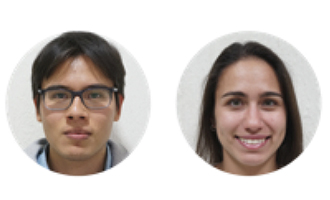

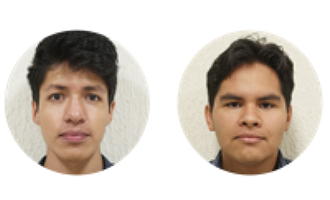
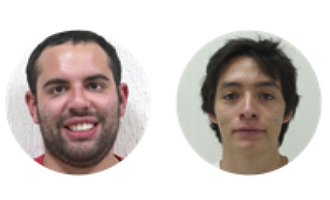

The four junior faculty members of LIIGH have incorporated students of different training levels into their research groups: Postdoctoral, Doctoral, Master Sciences, and Bachelor in Sciences. The students and the groups in which they are incrporated are presented in Apendix 3.
LIIGH JUNIOR FACULTY PUBLICATIONS

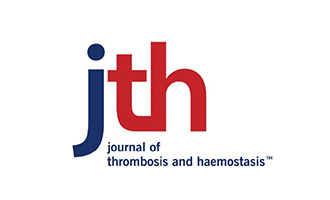
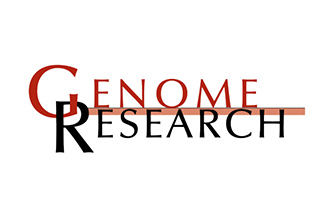

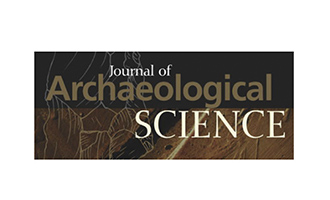
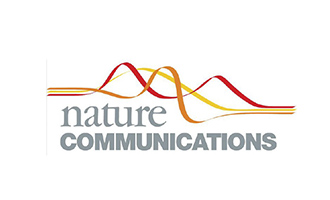
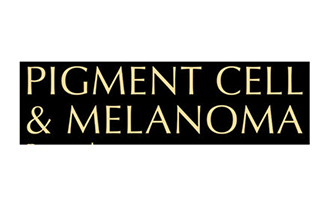
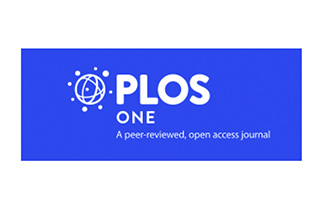
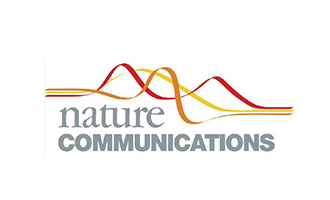
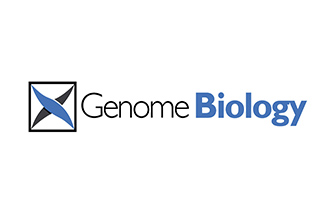
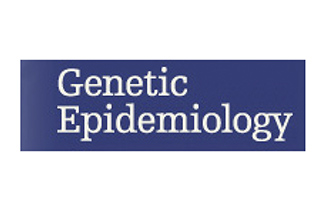
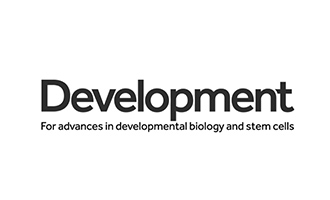

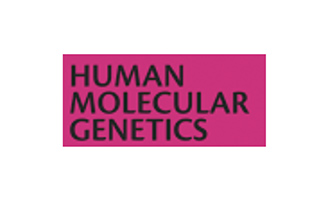


The four Junior faculty members of LIIGH have produced publications in collaboration with other Scientists. All the publications showned above include LIIGH as one of the Institutions where the work was performed. The list of publications is presented in Apendix 1.
PERSPECTIVES: COORDINATION DRIVEN



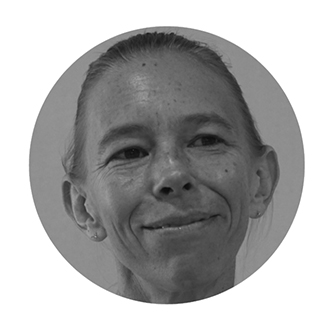




For the near future the main interest of LIIGH is to continue recruiting young mexican scientists as junior faculty. At present we have four junior faculty groups. We expect to have a total of 16 junior faculty groups by 2021. The Coordination will continue organizing the Visiting Scientists Program, The annual International Colloquia, and the Internal Colloquia, as well as participating in the activities of the National Genomics Network. As new perspectives we will collaborate with other Institutions in promoting: 1) the establishment of an Internationak Network of Genomic Sciences including UNAM, CINVESTAV, INMEGEN, and Cold Spring Harbor Laboratory; and 2) the creation and development of the Escuela Nacional de Estudios Superiores Juriquilla, ENES Juriquilla.
PERSPECTIVES: JUNIOR FACULTY DRIVEN





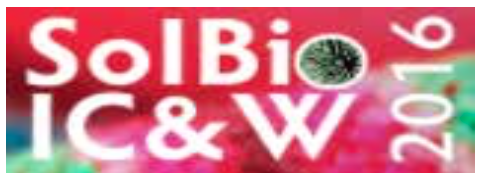
The Junior Faculty members are promoting different academic activities. Currently such activities include: Intergroups Seminars, Students Seminars, Journal Club, Undergraduate and Graduate courses, and National or International topic meetings. Among the last are the Mexpopgen (Mexican Population Genetics) Meeting and the SoiBio (Sociedad Iberoamericana de Bioinformática) Meeting.
